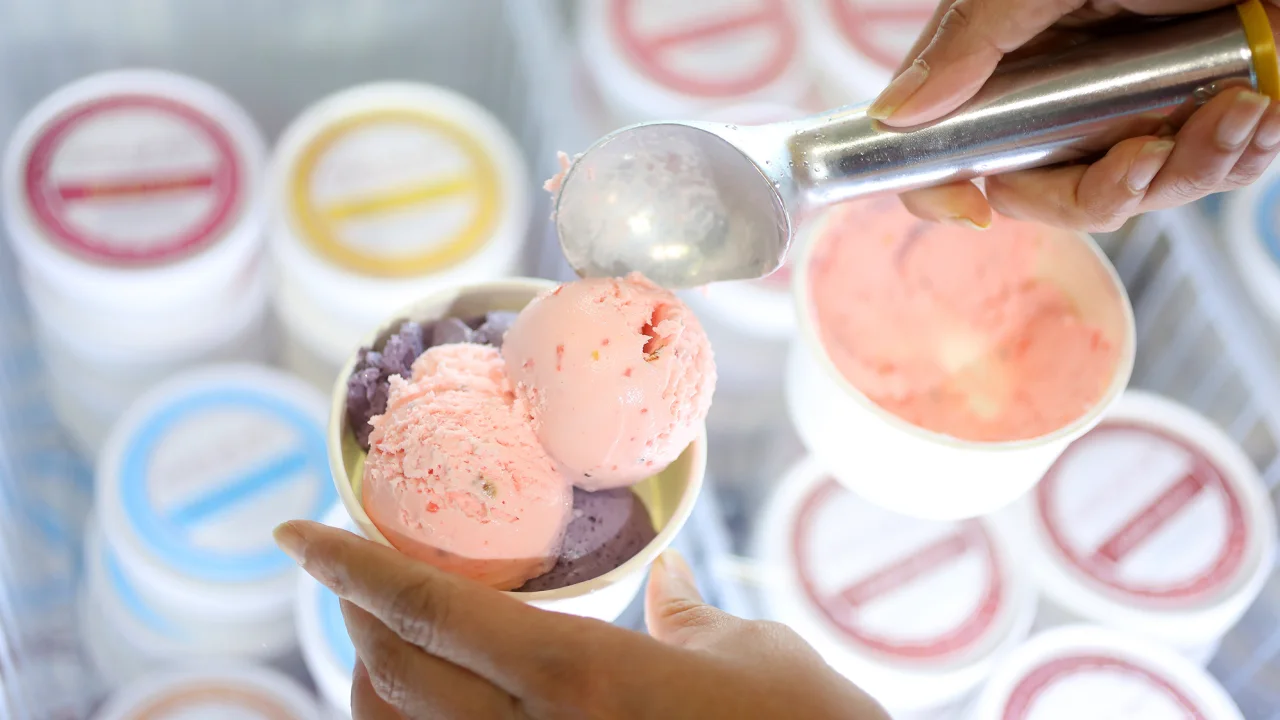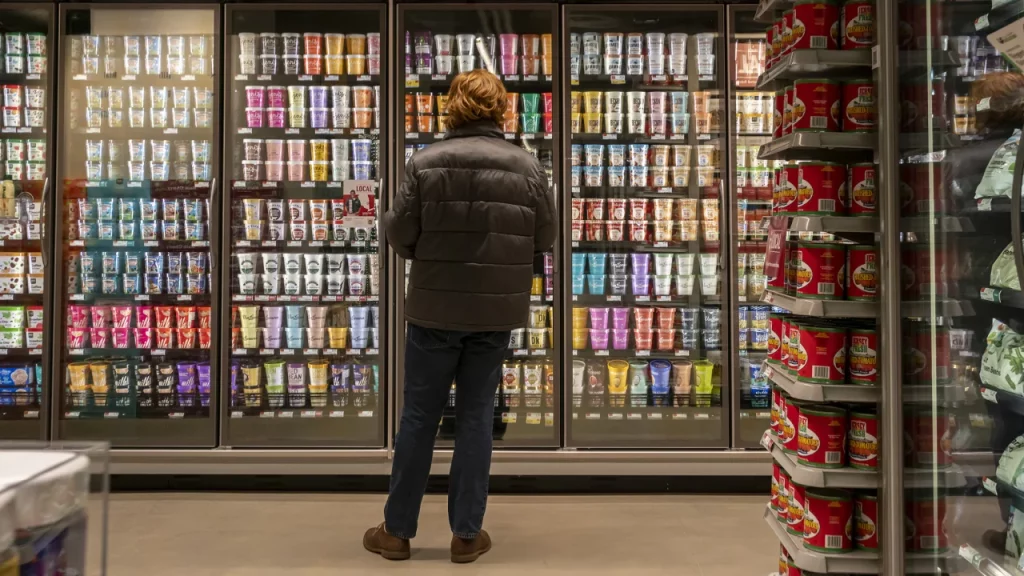How Americans fell out of love with ice cream

There seems to be a slowdown in America’s long-standing love affair with ice cream.
According to the US Department of Agriculture, consumption of regular dairy ice cream has been declining for years, since it excludes frozen yogurt, sherbet, and non- and low-fat versions.
According to the USDA, Americans consumed 18 pounds of regular ice cream in 1986. It had fallen to just 12 pounds per person by 2021, the most recent year for which data is available.
For years, ice cream was more than a frozen dessert: It was a lifeline for American breweries during Prohibition and a way to boost morale among soldiers during World War II. American culture had become accustomed to the sweet, creamy treat by the 1950s.
However, ice cream, like full-fat milk, soda, red meat, and other former heroes of the American diet, has been scrutinized for its environmental and health impacts. Per capita availability of regular ice cream decreased in the 1990s and 2000s after it peaked in the 1940s, as health-conscious consumers — including a Baskin Robbins family member — started turning on the sugary, fatty food or treating it as an occasional, expensive treat.
The first was Prohibition. In the early days of American brewing, many breweries turned to ice cream production when alcohol became illegal. Anheuser-Busch and Yuengling both started making the treat. Siegel explained that ice cream’s ingredients – fat and sugar – made a decent substitute for alcohol for drowning emotions. There is no better comfort food than ice cream.
For ice cream makers, Prohibition was a boon because drinkers swapped pints for scoops.
“Manufacturers are quite optimistic about the trade outlook and believe this year will show a big increase over last year,” reported the May 1923 issue of Ice Cream Field. The ice cream business reportedly grows each year as more people use it since prohibition and the closing of saloons brought about the end of nation-wide prohibition.
As a result of the government’s use of ice cream to boost morale during World War II, interest in ice cream continued to grow.

Based on USDA data, low-fat and nonfat ice cream consumption has increased from 6.1 pounds per person per year in 1986 to 6.4 pounds in 2021.
Fuess also pointed out that people have more dessert options now than they did in the past. Packaged cookies, candy, and cake mixes compete with ice cream at the grocery store. Frozen pies, cheesecake, and more can be found in the freezer aisle.
According to him, ice cream hasn’t won the battle against health consciousness and increased choice as people become increasingly health conscious.
Others believe that Americans don’t like ice cream as much as they used to. Their tastes have evolved just as they have. Increasingly, people are seeking premium options and specific flavors, which are more expensive – as their tastes have gotten more expensive, they’re buying less.
According to Circana’s John Crawford, VP of client insights for dairy, ice cream has gotten smaller over the years.
“Ice cream is now being sold in smaller, individual-sized packages instead of the large family-sized boxes,” he said. It may be that “you’re buying less volume each time you buy” is why the per capita reduction exists.
In recent years, Circana has experienced a drop in volume. The volume of dairy ice cream purchases has declined by about 8% between 2018 and 2022, according to its data. During that time, unit sales have also fallen – but sales by dollar have risen, showing that people are spending more for less.
In addition to the evolution in sizes, the types and flavors of ice cream have increased.
